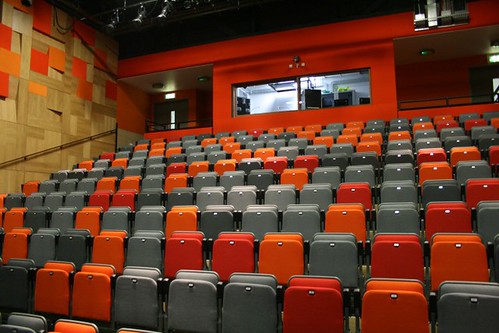New name for a merged bank
18 September 2008A name has yet to be decided for the newly merged Lloyds TSB and HBOS. Yesterday, cybersquatters were have reported to have registered domain names of potential names for the merged business, including lloydshbos, hboslloyds, lloydsbos and lloydstsbhbos (the .coms of which were all registered yesterday).
I would have thought Lloyds BOS is a sensible name. It’s been a long time since TSB merged with Lloyds, and the bank is usually referred to as simply Lloyds. As for HBOS, Halifax officially became a division of Bank of Scotland plc in their reorganisation last year. There are also the Scottish fears about losing one of their two national banks, so it seems likely that they will want to retain Bank of Scotland as part of the new name.
Of course, company names aren’t always sensible. When Price Waterhouse merged with Coopers & Lybrand, they named the company PricewaterhouseCoopers (with the case as indicated). So could it be LloydstsbHbos, or even LloydsTSBHalifaxBankofscotland?
On the other hand, they could thwart the cybersquatters by choosing an entirely different name. The merged Norwich Union and Commercial & General changed their name to Aviva, although it later emerged that this was already the name of a ladies’ clothes shop in Norwich, a short walk from the firm’s head office. I hope the Lloyds and Bank of Scotland executives have a walk around to note the names of local shops before making a decision.
One possible advantage of the merger for Halifax customers could be that Lloyds seem to have a better taste in music. When kept on hold by Halifax, callers used to be subjected to a rather annoying instrumental version of the Tom Jones song that’s used in the bank’s adverts. If this were replaced by the music from Elena Kats-Chenin’s Wild Swans, as used in Lloyds’ adverts, that would be welcome.
I’ve deliberately stuck to writing a light-hearted post about names, rather than join in the doom and gloom about how not subjecting the merger to the usual competition controls will be bad for consumers. However, I must say that the merger, creating Britain’s biggest bank, really has given Lloyds a licence to print money.


